It was mid-June when a dozen musicians gathered in the basement of one of Iowa City’s oldest homes to make a recording. There was a blues guitarist, a French mandole player, and a Celtic fiddler. The drummer was sequestered in the laundry room, and an electric guitarist’s amp was routed through a shower stall to limit distortion.
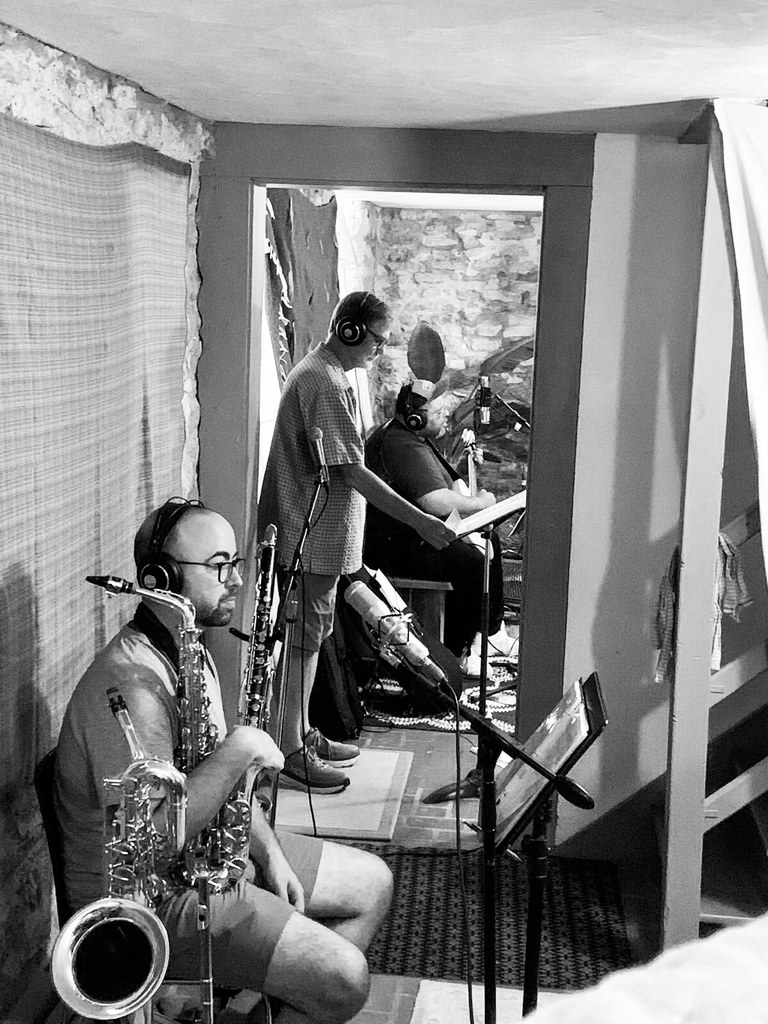
Standing at the base of the stairs in the only place visible to all of the musicians was John Rapson. Over the course of four days, he conducted, improvised, bopped, and--while the rest of the band broke for meals--slept. The end goal was the recording of his final work Esteban and the Children of the Sun. Rapson, who was grappling with a return of cancer and had opted for palliative care just before the June session, died five weeks after the recording was completed.
Starting with Cabeza de Vaca
Less than two months after Rapson's death, the musicians will gather again to perform the work. The fact that Esteban was completed, recorded, and will now be performed live on October 3 at The Englert Theatre is a testament to Rapson’s dedication to the project and to his infectious love of music and musicians.
The suite imagines and interprets the tricontinental journey of Esteban of Azemmour, a 16th-century Moroccan explorer and the first documented African to travel across the lands of the present-day southwestern United States. The work, like so much of Rapson’s art, is dazzlingly collaborative in its approach. While Rapson orchestrated many of the pieces and arranged the work as a whole, there are original works by blues standout Kevin Burt, mandole player Daniel “Nielo” Gaglione, and Denver-based flamenco guitarist Miguel Espinoza, as well as dialogue penned by Caleb “The Negro Artist” Rainey.
The journey toward Esteban began in Florida, where Rapson saw a sign commemorating Álvar Núñez Cabeza de Vaca, a late 15th-century Spanish explorer who was one of the lone survivors of an ill-fated attempt to develop colonies in what is now Florida. Unfamiliar with the figure, Rapson, a voracious reader, picked up a copy of La relación de Álvar Núñez Cabeza de Vaca. The explorer had written the narrative after returning to Spain following an eight-year journey across the southern United States. It’s a fantastic tale that includes shipwrecks and hurricanes, a quickly diminishing crew, faith healing, captivity, botany, and crude ethnography.
Obermann Working Group asks: Why this story now?
In 2018, Rapson brought together a small group of colleagues under the auspices of an Obermann Working Group to discuss the possibility of creating a musical suite based on Cabeza de Vaca’s narrative. With Amber Brian (Spanish & Portuguese), Lisa Schlesinger (Theatre Arts), and his School of Music colleague Trevor Harvey, Rapson began the research footwork that he hoped might lead to a work similar to his 2019 composition Hot Tamale Louie. That large ensemble suite had featured another improbable journey to the Americas in the form of Zarif Khan, an Afghani who made his way to Wyoming in the early 1900s.
With both Louie and Cabeza de Vaca, Rapson heard the stories; he was drawn to the tales by the music they elicited. In his Working Group application, Rapson wrote that he planned to “investigate the influences of Moors, Sephardic Jews, Romany Gypsies, the Spanish renaissance, flamenco, and New World folk traditions."
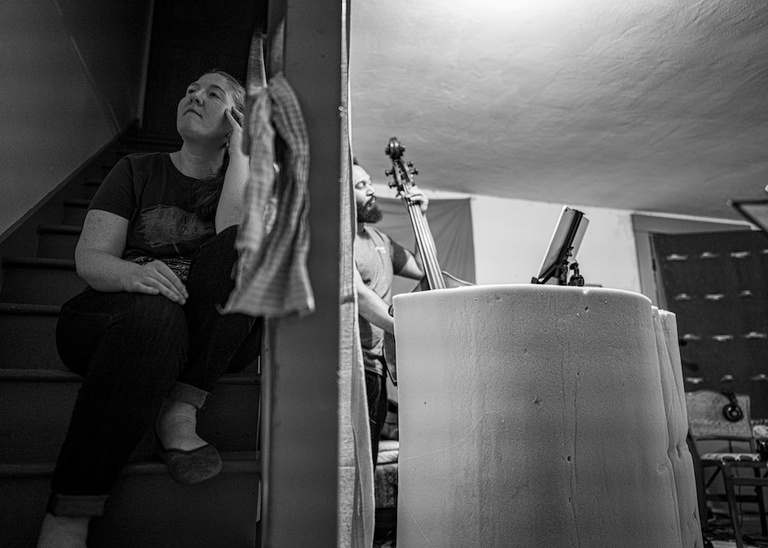
As the Working Group read books and articles together, the members began suggesting a different subject as the center of Rapson’s musical story. Cabeza de Vaca’s portrayal of himself as a healer of the Native Americans (to whom he and his crew no doubt spread disease) had a troubling colonial-settler theme. Over multiple meetings, the group asked Rapson: What is the story, and why now? What does it mean to tell this story at this time?
The first African in what is now the United States
As Schlesinger recalls, Rapson was receptive to their questions. “For a while,” she says, “Cabeza de Vaca’s wife, who was believed to be from a prominent converso family [Sephardic Jews pressured to publicly convert to Catholicism], was a possible main character.” In reading The Moor’s Account by Moroccan-American author Laila Lalami, however, they found the anchor: Esteban de Azemmour, a Moroccan Muslim who was likely the first African to be forcibly taken to what is now the United States.
After 600 members of the original crew died, Esteban walked alongside the Spaniards for several years, barefoot and starving before reaching Mexico. During that time, the men’s relationships undoubtedly shifted as they were taken captive and later became heralded as healers. Here was a man who began his journey enslaved and encountered Native Americans through the lens of someone who’d lost his own home. Might he have had a notion of their fate? This, the group agreed, was a story that made sense to tell now.
Three years later, the music that Esteban inspired in Rapson has been recorded and will be performed for an audience. (Tickets are still available and can be purchased at The Englert.) Gone, however, is Rapson. The renowned jazz trombonist, composer, and gifted teacher who helped lead the University of Iowa School of Music Jazz Program for 26 years, died on July 21. Back in 2016, he had discovered Zarif Khan through an article he was reading while receiving chemotherapy. By the time the Working Group was assembled, the cancer had abated; things looked good. But it returned—and, along with Covid, made Rapson’s desire to realize Esteban as a final celebratory work all the more pressing.
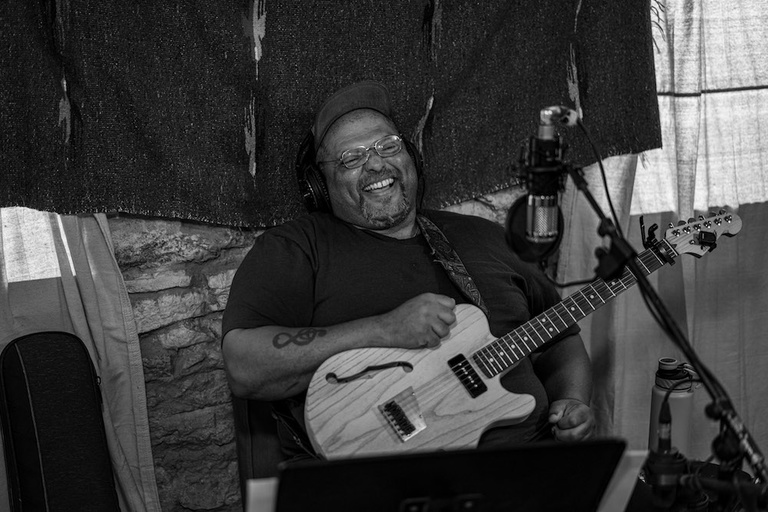
Inclusive, kaleidoscopic suite
As always, Rapson was happy to share the project. He gave songwriting duties to his Hot Tamale Louie collaborator Gaglione, who so well captures the north Africa rhythms of the title character’s home. Enlisting the talents of award-winning local bluesman Burt, Rapson was tying Esteban’s story to that of the predecessors of generations of enslaved Africans whose resistance is central to the contemporary moment. And in including Espinoza's folkloric melodies, he called forth the Spanish colonizers who put the ill-fated journey into motion.
As he worked, Rapson wrote solos for his musical family that were less about their instruments and more about their personalities. As Ryan Smith, one of Rapson’s former students and frequent collaborators, said, “If you know the people who are playing, you can really hear how that is Tara—not just a fiddle piece, but much more a Tara piece,” he says, alluding to fiddle player Tara McGovern, another Rapson student who joined the Hot Tamale Louie ensemble, now called Mektoub Arkestra. It is the kind of gesture that is pure Rapson—at once generous and empathic.
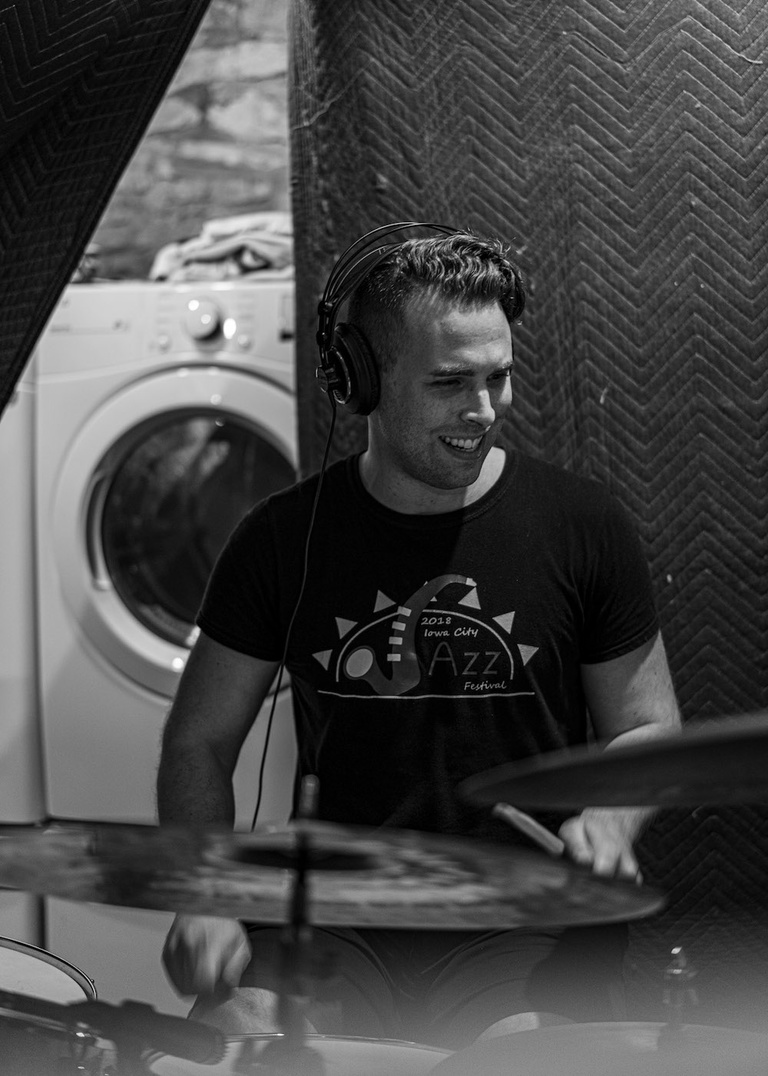
As Eric Neel wrote in his liner notes for the recording, “The result is an inclusive, kaleidoscopic suite that speaks to the arc of Esteban’s journey, to the diversity of perspectives of those involved at various stations and traditions and locales along the way, and to its echoes down through time.”
It speaks also to Rapson’s journey as a curious, restless, joyful learner. He was a tenured professor and successful jazz player who, in 1990, chose to go back to school for a doctorate in ethnomusicology to better understand the underpinnings of jazz and to broaden his experience of other musical forms. He saw no difference between a classically trained cellist and a bluegrass fiddler who played by ear. It was common for him to notate compositions by musicians who couldn’t write music so that their work could be shared more widely.
Evoking a life to its fullest
By inviting what he called communal composition, Rapson hoped to evoke a life and its contexts as fully as possible. He knew that each composer would bring a different lived experience to his or her understanding of who Esteban was; together, perhaps, they could do justice to this marginalized and under-documented person. Rapson gave each of them different aspects of the story to capture but without any preconceived notion of what should be produced.
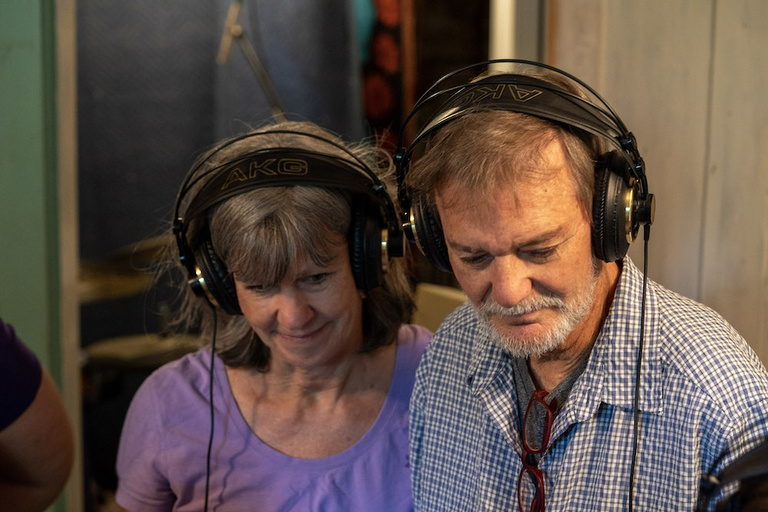
“My dad really, genuinely worked as a collaborator,” says Rapson’s daughter Hannah, whose home near Hickory Hill Park hosted the final recording. “He came up with ideas but held to them very loosely.”
She was especially struck by a song that Burt wrote called “I’ll Stand Up.” She says that it didn’t quite hit the mark of what Rapson had imagined, but it turned out to be one of his favorites of the entire project: “My dad said the song is about the habitual abuse and degradation of Black people in American culture. And while it didn’t exactly check the box of what the story called for, in some ways it did even better because it evoked the contemporary moment so effectively.” In the last weeks of his life, as Esteban was being engineered and Rapson was eager to share tracks with friends, he would always include that song.
Burt will be among the ensemble on The Englert’s stage on October 3. Though the group is grieving the loss of their leader, sharing his final work in front of the community is, for them, a fitting way to pay homage to Rapson’s creative spirit. “I am only the midwife,” Rapson said on numerous occasions. “This isn’t about me.”
For John Rapson, it was always about the music and the people who assembled to make it.
Top photo by Beth Rapson. All other photos by Jeremy Mims.